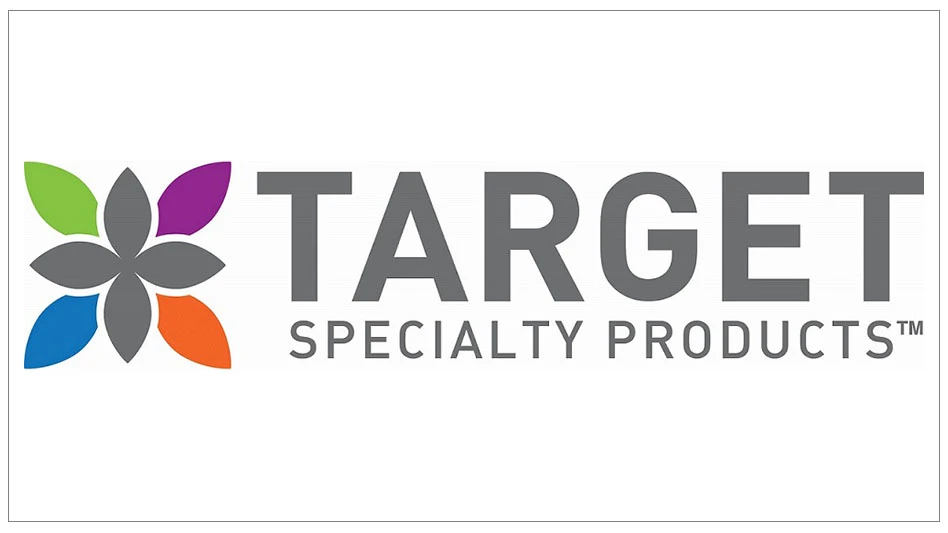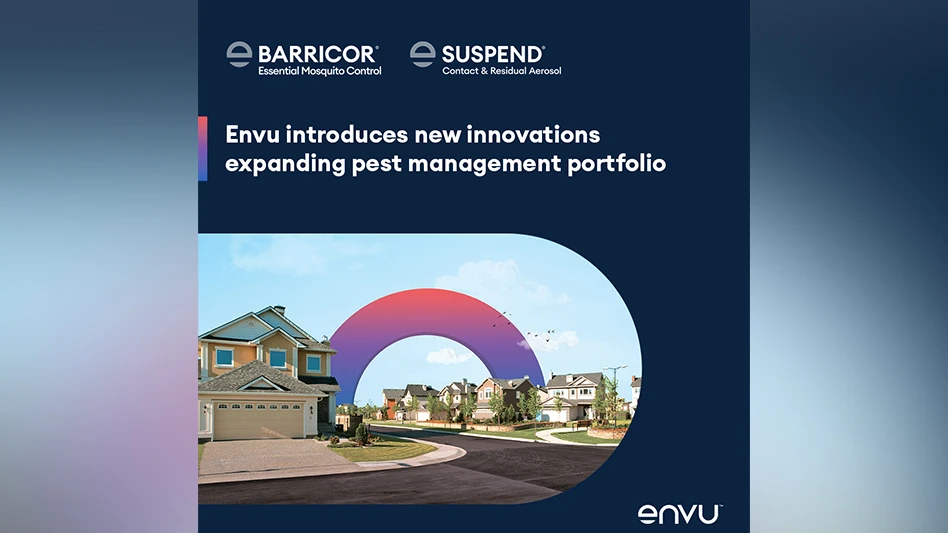
iStock | NicoElNino
Editor’s note: David Schaedel, digital marketing manager, Walker Pest Management, Greenville, S.C., shared the following article on where pest control companies can start for effective digital marketing and advertising.
Recently, I had the opportunity to present at South Carolina’s Pest Control Summit. I took the time to explore how we can work to demystify digital marketing. While everyone knows that they need some sort of marketing to reach their target audience, it can be hard to know what to do, where to start, or what is effective. In order to help make this more digestible, we broke this presentation into four parts. Here is part one!
Why Does Marketing Feel So Opaque?
Digital marketing is filled with confusing metrics, technical jargon and ever-changing platforms. If you’ve ever looked at a marketing report and felt like you were reading a foreign language, you’re not alone. But why is marketing so difficult to understand?
What Platforms Are You Using?
When it comes to understanding the language of marketing, it is important to note that the rhetoric depends heavily on the platforms that you’re working with. The main platforms fall into a handful of categories.
· Search & Display Ads: Google Ads, Bing Ads, or Google Local Services
· Social Media: Meta (Facebook & Instagram), Nextdoor, TikTok, or Reddit
· Lead Generation Sites: Yelp, Angi’s, or Thumbtack
· Video & Traditional Media: YouTube, Online Streaming, or Local TV
· Print & Direct Outreach: Newspapers, Magazines, Mailers, or Email Blasts
Each platform presents ads differently and, as a result, measures success in different ways. Some focus on reach and viewership time, while others prioritize engagement and conversions. Without a clear understanding of what these numbers represent, marketing reports can quickly turn into word soup.
Breaking Down Marketing Metrics
To make sense of marketing reports, it helps to categorize metrics into three main areas:
o Impressions: How many times your ad appears on a screen
o Reach: How many unique people saw your ad
o Viewable Time: How long your ad was visible on a platform
2. Interaction Metrics (These are often called engagements or clicks)
o Clicks: How many times users clicked on your ad
o Engagements: Likes, comments, shares, and other interactions
o Video Views: How many people watched your video ad
3. Conversion Metrics (These are what you will think of as leads or sales)
This is where the real business impact happens. Conversion metrics measure actions like:
o Form Submissions: Leads generated from your website
o Phone Calls: Calls made directly from your ads
o Appointments Booked: Confirmed service inquiries
Why Is It Like This?
Marketing metrics are complicated for a few key reasons:
1. Different Platforms, Different Rules A video-heavy platform like YouTube will prioritize watch time, while Google Search Ads focus on clicks and conversions. Comparing these directly is like comparing apples to oranges.
2. Tracking Every Micro-Interaction Digital advertising allows for tracking at every step, from the first impression to the final sale. This means every interaction has a corresponding metric, which can be overwhelming if you’re not sure what to focus on.
3. Complex Customer Journeys A customer might see your ad today, hear about you from a friend next week, visit your website a month later, and finally book a service six months after that. Marketing pipelines are rarely simple or linear, making direct attribution tricky.
4. The Industry Benefits from Confusion Marketing agencies and platforms profit when businesses feel dependent on them. The more complicated the reports and strategies seem, the harder it is for businesses to feel confident making their own decisions.
Making Sense of It All
Understanding what each metric means and why it matters will give you a clearer picture of your marketing performance. Instead of focusing on a single number, look at trends over time and how different platforms contribute to your overall success. Don’t just look at sales or appointments. Take the time to look at the whole pipeline. Are you getting more impressions and clicks but no sales? Why is that? Each metric offers insight into a different stage of the pipeline, and those insights can help you understand where your business is winning and where it needs to grow.
In the next post, we’ll discuss “Are You Covering Your Basics?”—ensuring you have a solid marketing foundation before diving into the next steps.
WANT MORE?
Enter your email to receive our newsletters.
Latest from Pest Control Technology
- How to Get Rid of Odorous House Ants
- Massey Services Promotes Herndon to Director of Sales for Multi-Family Division
- NPMA Announces First Recipients of NPMA PRO Certified Credential
- Pestmaster of the Hudson Valley Acquires Catskill Animal Damage Control
- Photo Slideshow: Ant Identification Tips
- Video: Top 10 PCT Photo Contest Finalists
- UF/IFAS Study Reveals Boats as Perfect Vessels for Global Termite Spread
- Pest Control Consultants (Iowa) Earns Pinnacle Performance Award








